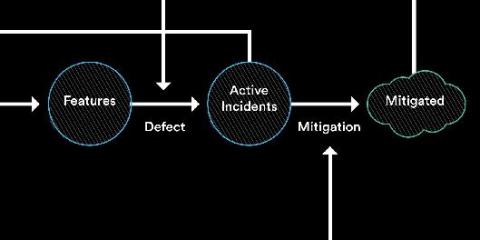Evolving Blameless' SRE Practices with Amy Tobey
At Blameless, we drink our own champagne, and aim to adopt a mindset of continuous learning to foster resilience. We believe that the adoption of SRE practices is one of the best ways to get there. Like most organizations, our early efforts to implement SRE were imperfect. However, through hard work, teamwork, and investing in what we believe is the most important feature (reliability), we have made significant changes to how we do SRE. And we’re getting better at it every day.











